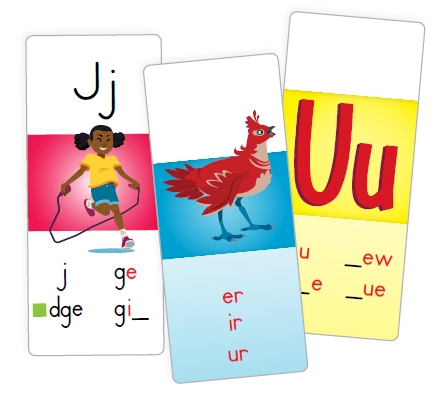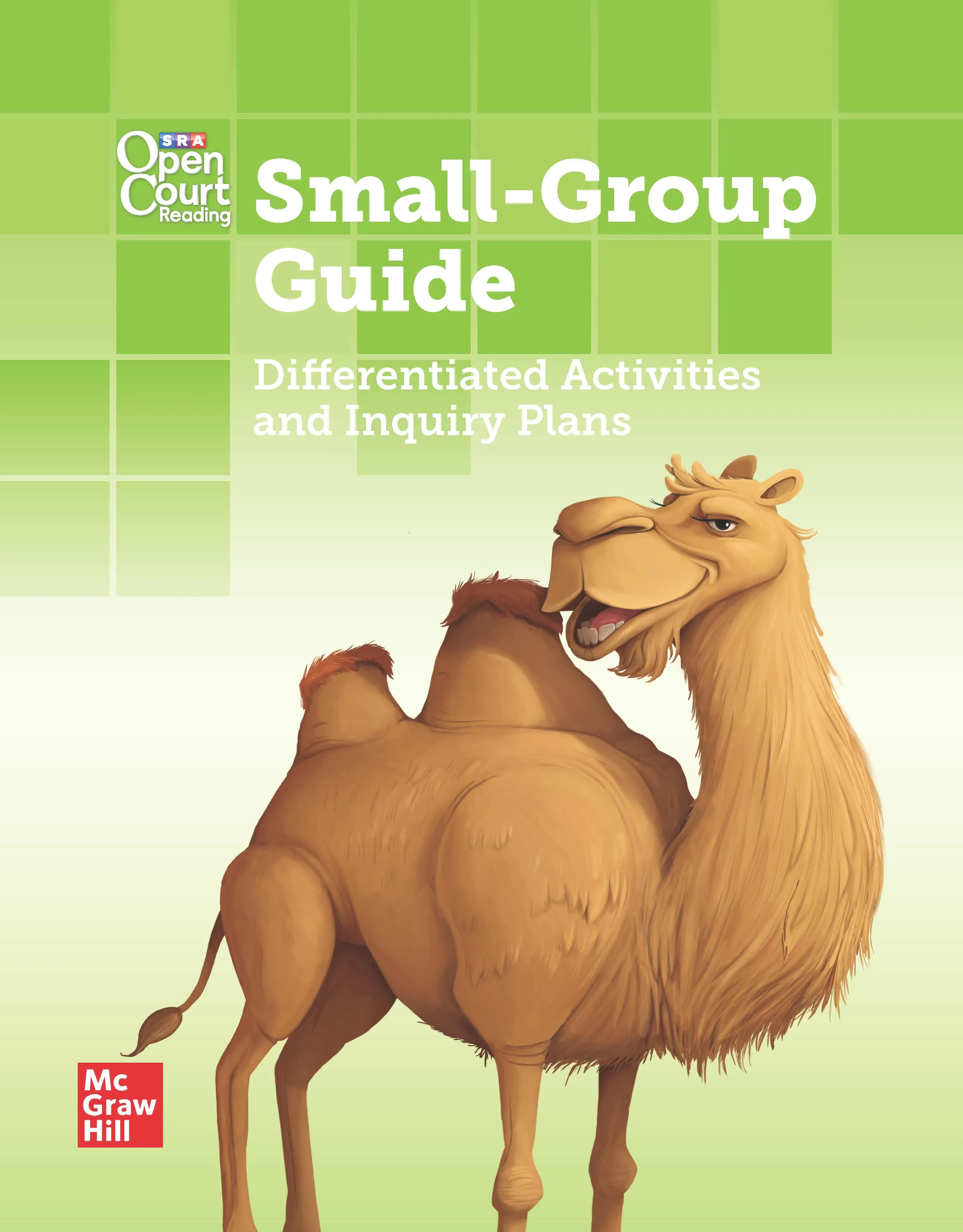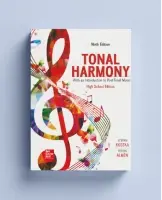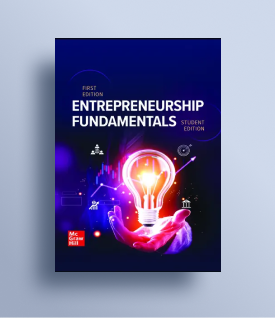My Account Details
Building on a Reading Legacy with Innovative Teacher Support Tools
A closer look at enhancements to Open Court Reading
As classrooms evolve and research on student needs grows, we adapt our curriculum and learning tools in response. In this ongoing series, we'll take you behind the scenes with the experts who create our programs to review updates to existing programs, new technology integrations, or brand-new programs.
Today, we spoke with Karen Kurtz, Manager of Academic Design, about Open Court Reading, our explicit, systematic literacy program that has been fostering successful readers for decades.
Open Court Reading has been in classrooms for over 60 years. Why do you think it continues to grow in popularity, even after all these years?
Karen: It’s effective! Open Court Reading has always been tightly aligned to what we know about how children learn to read. With the rise of the Science of Reading, educators are placing increased value on the research behind the reading programs they use – and they can see that Open Court Reading follows the research by providing explicit, systematic, and cumulative foundational skills instruction and uses those critical building blocks to foster strong readers and writers.
Watching the Science of Reading take hold across the nation has been very exciting for those of us who work on Open Court Reading, because we were all able to say,
Hey, our program has been doing this for over sixty years!

I’d like to highlight the sound-spelling cards as well, because I believe they’re a key reason why the program remains so beloved among teachers and their students. The sound-spelling cards, which are large, color-coded, printed cards meant to be put on the wall of a classroom, represent the forty-four most common sounds and are included in the Open Court Reading Word Analysis Kit. Teachers love them because the cards are an effective and easy way to help students connect the sounds to their spellings – and kids love them because they’re such an engaging tool to use every day. We’ve heard stories of students remembering these cards well into adulthood.
Despite Open Court Reading's legacy of effective research-based instruction, we continue to make updates to the program. Why?
Karen: While the fundamentals of what we know about how children learn to read haven’t changed much in the decades since Open Court Reading’s inception, learning environments, student needs, teacher experiences, and the technology we can use to address classroom challenges are all evolving. We’re always going to be looking for ways to improve our program, both by listening to the students and teachers that use it and by strategically weaving in new technologies. Teaching reading should be fulfilling for teachers, and learning to read should be joyful for students. The most important part of a reading program is effectiveness – but saving teachers time and helping students feel engaged are central, too.
What is the new Oral Reading Fluency Application tool, and why did the team add it to Open Court Reading?
Karen: Fostering fluent readers is truly the goal of foundational reading instruction. We want students to move past decoding and blending, and teachers need plenty of assessment data to understand where students may need additional practice to become fluent. The Oral Reading Fluency Application is an assessment tool that we’ve added to help teachers capture data on students’ fluency. The tool records students as they read aloud and measures the number of words they read per minute, as well as how accurately they read the words. These assessments are often done manually, with a student reading aloud while the teacher marks mistakes, which is very time-consuming. Eliminating the manual, one-on-one fluency assessments will free up the teacher’s time and allow for more data collection.
Tell us about the new Digital Writing Lesson Planners.
Karen: From the Science of Reading, we know that reading and writing are inextricably linked. For example, writing about what we read supports our comprehension. Teachers are aware of those connections and want to ensure they’re dedicating meaningful time to writing instruction. We created the Digital Writing Lesson Planners to provide teachers with a snapshot view of all the writing that takes place within a single unit. The planner outlines step-by-step guidance for teachers to plan, organize, and confidently teach the writing process. We’ve also added additional short writing assignments in the Reading and Responding portions of lessons to boost students’ writing practice.

How will the new Small Group Guide support teachers?
Karen: We created this tool to support teachers using Open Court Reading who aren’t sure of the best ways to utilize small group time after their whole-class time. The guide offers activities for Approaching, On, and Beyond level students that align to each lesson, giving teachers a targeted, engaging way to differentiate instruction and reach all of their learners. The guide will be available to all existing and new Open Court Reading users in March of 2025.
Finally, we’ll close with a parting note from Nancy Konkus, recently retired Director of Academic Design for Open Court Reading at McGraw Hill. We caught up with Nancy just before she left to ask her for a quick reflection on Open Court Reading’s impressive legacy (and her own!) Here’s what she said:
“I have worked in product development on Open Court Reading for 25+ years. Many people have asked me about my favorite part of the program. My answer is always the same—the results. I am proud to have contributed to such an impactful program that truly changes the lives of students.”
To learn more about Open Court Reading, see:
https://www.mheducation.com/prek-12/program/open-court-reading-2023/MKTSP-THA19M01.html
















































